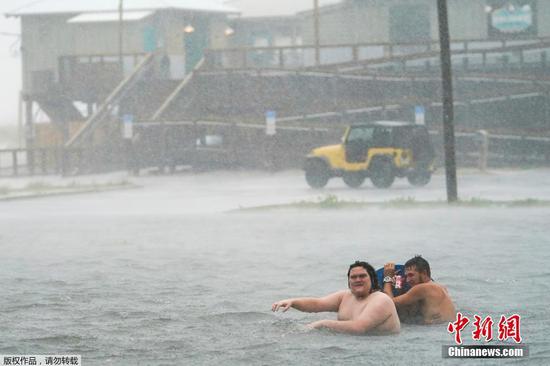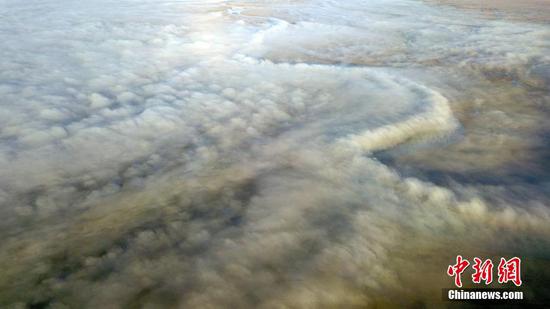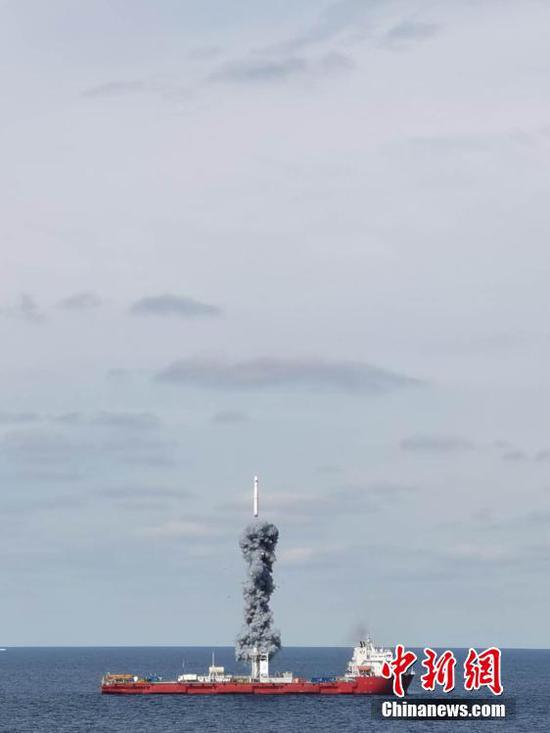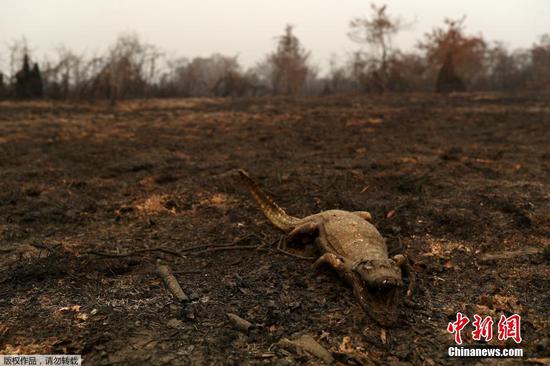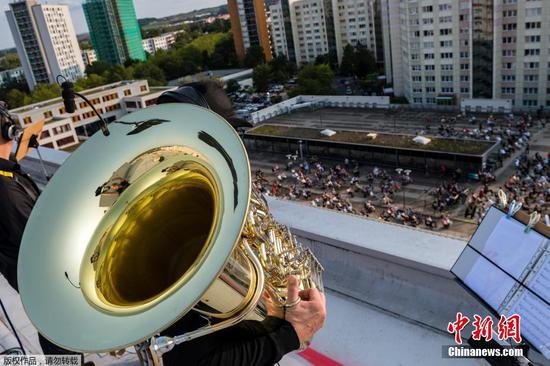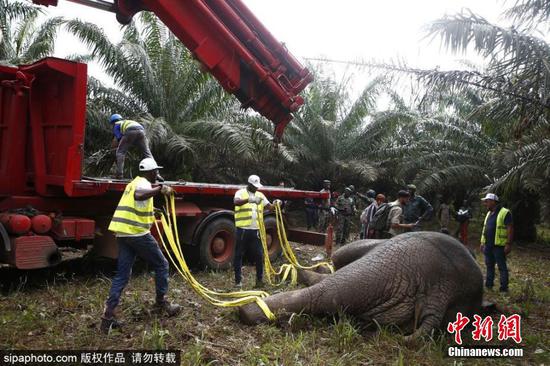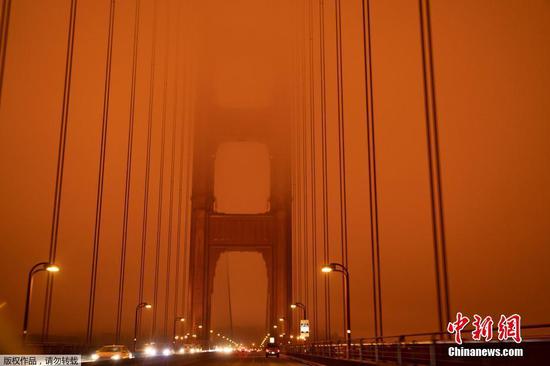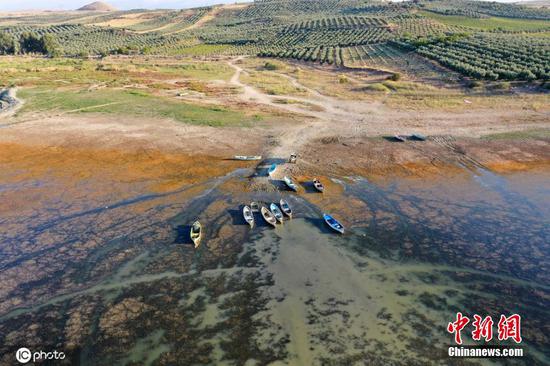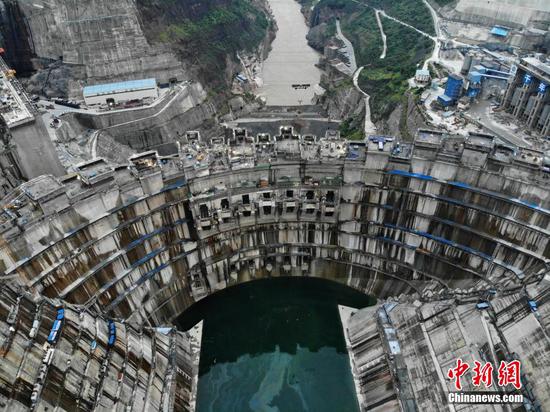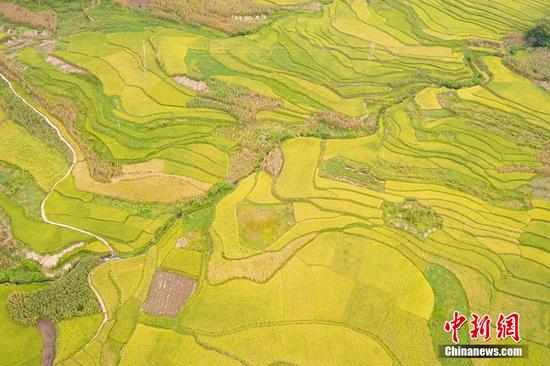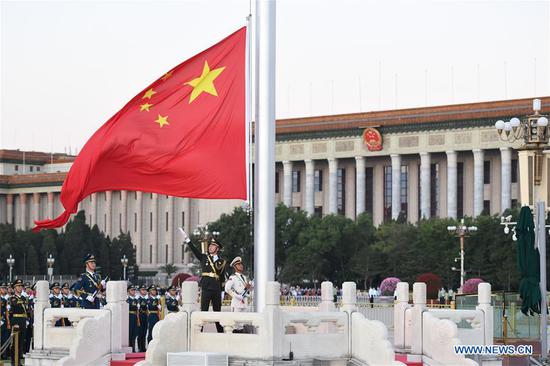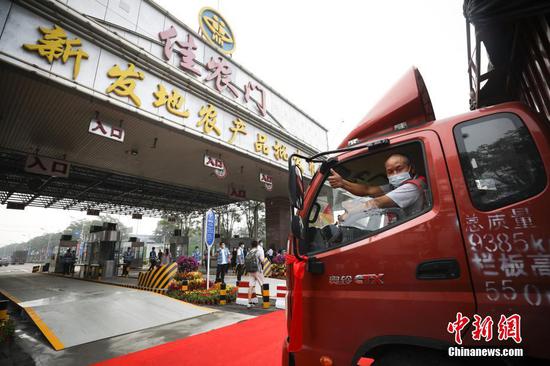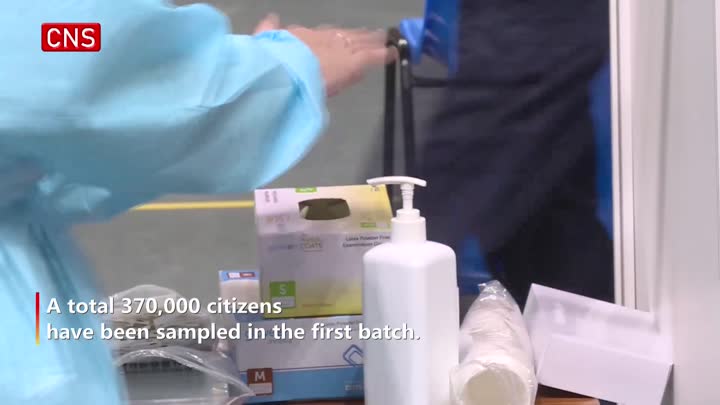China's leading academic institution for natural sciences announced Wednesday that it has launched a special research project to solve the problems of how ozone pollution forms and how to control it.
Ozone pollution is a form of air pollution characterized by high concentrations of ozone, a form of oxygen, at ground level. At present, global ozone concentration is on the rise, with an average annual increase of about one microgram per cubic meter.
In China, while air quality has improved with the concentration levels of many air pollutants falling, the ozone concentration has kept rising, said Bai Chunli, president of the Chinese Academy of Sciences, at the launch of the project in Beijing, stressing that the task of air pollution control is still arduous.
"The causes, sources and migration mechanisms of ozone pollution are extremely complex, and many related scientific issues are still unclear. The ozone research will be very challenging," Bai said.
According to He Hong, chief scientist of the ozone project, researchers involved in the project will carry out studies on the monitoring and causes of ozone pollution, offer new ideas and technologies for air pollution control, establish replicable coordinated systems and methods to control both fine particulate matter (PM2.5) and ozone, and conduct demonstration research in typical polluted regions.













